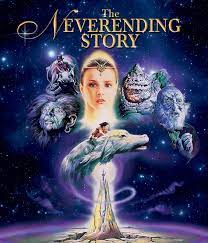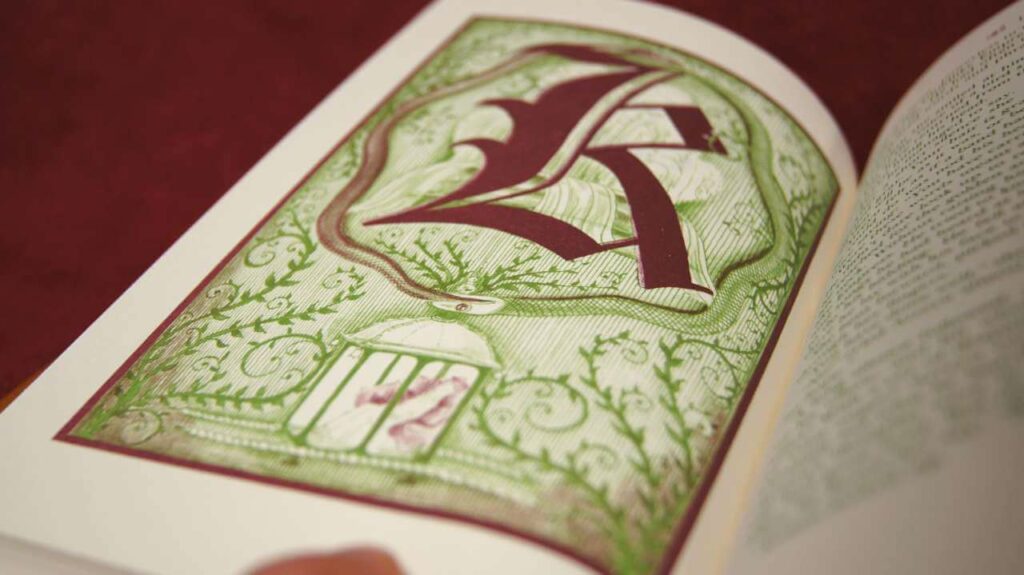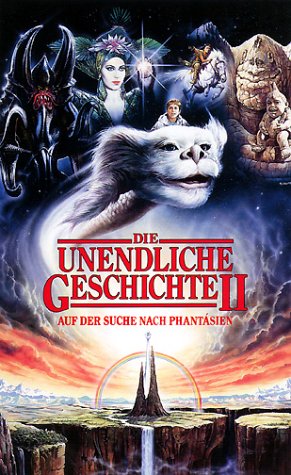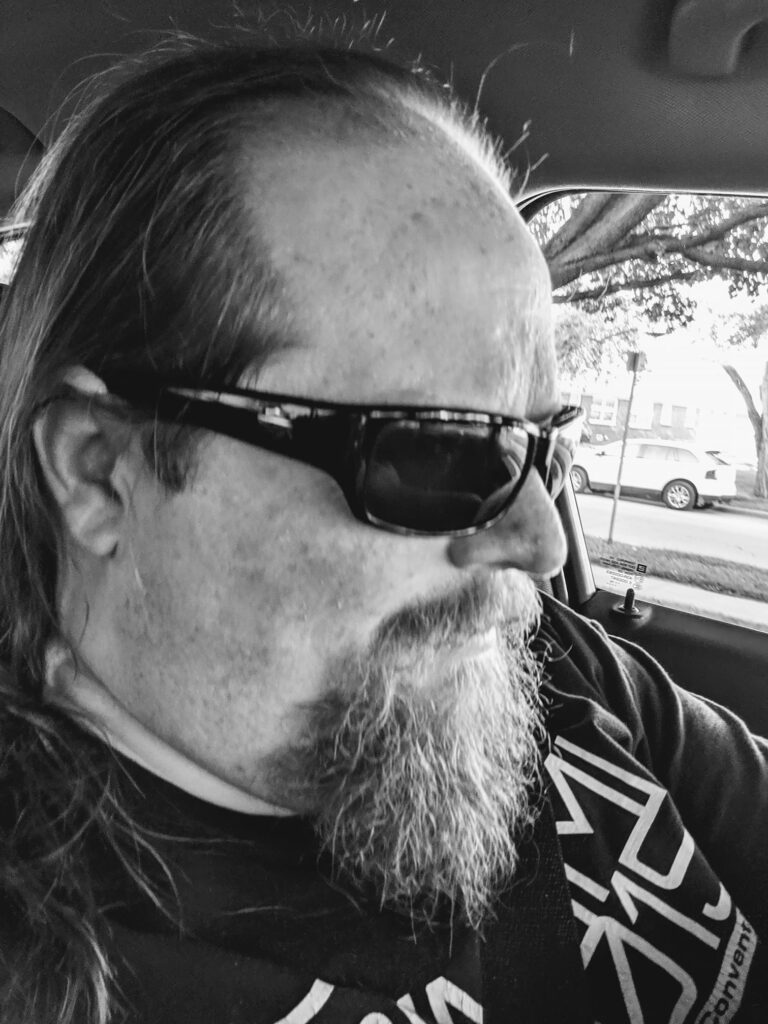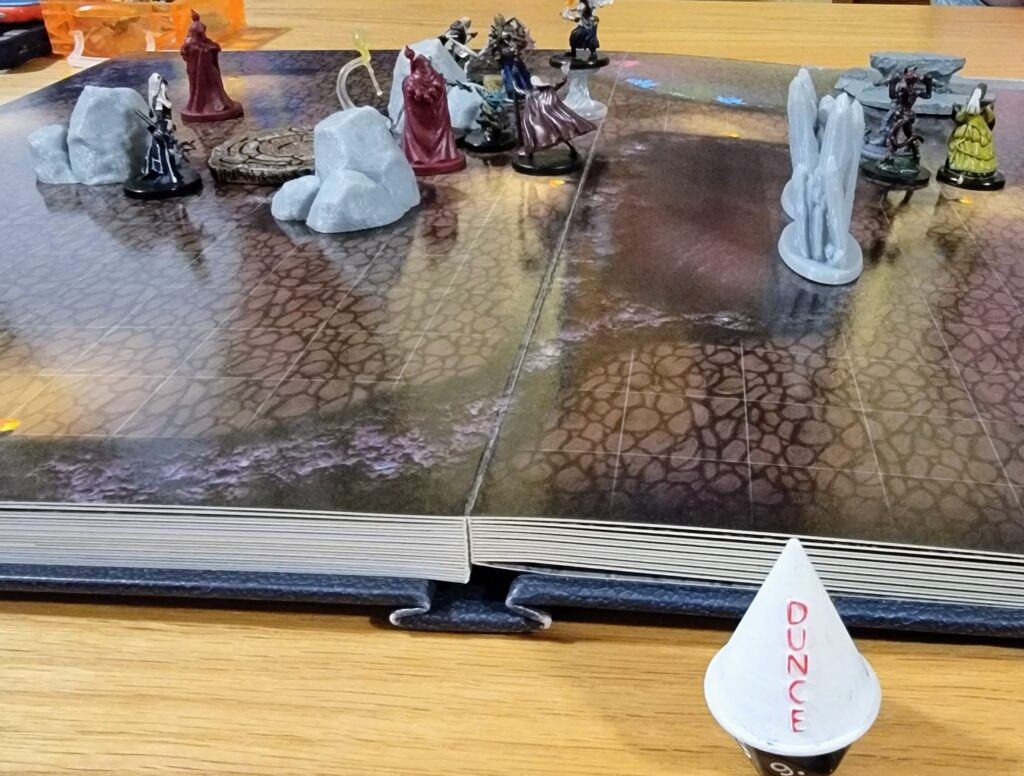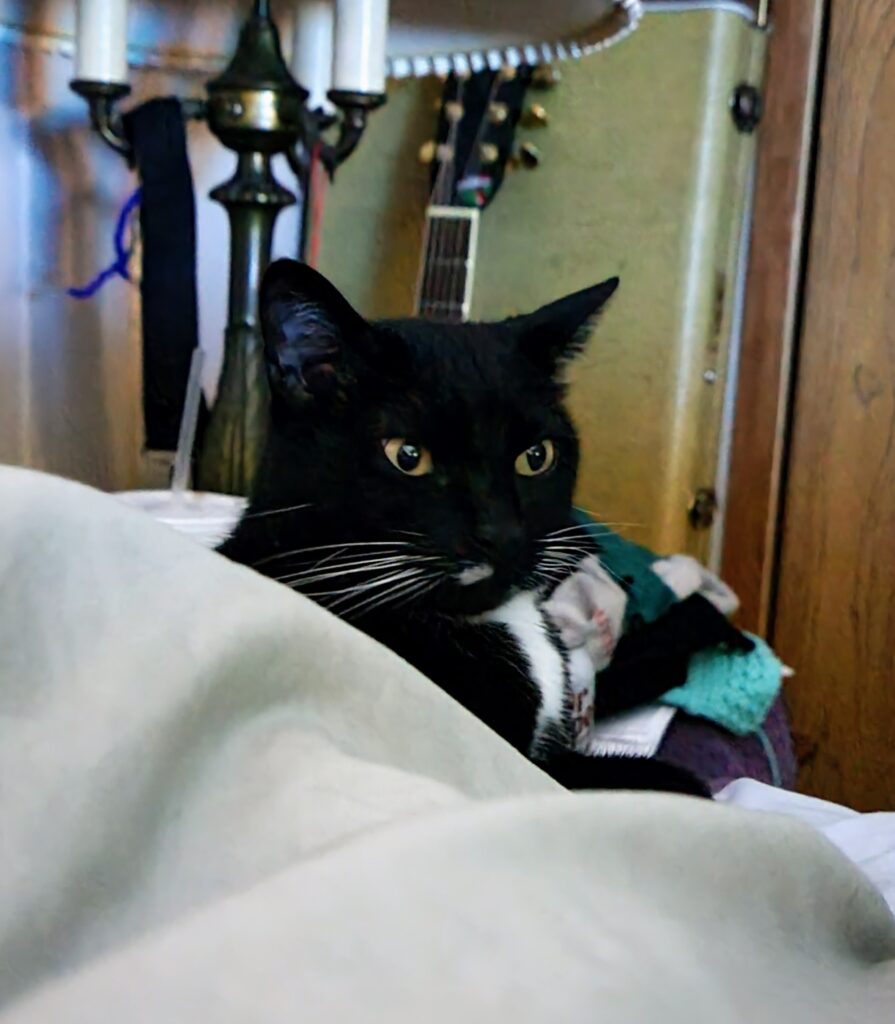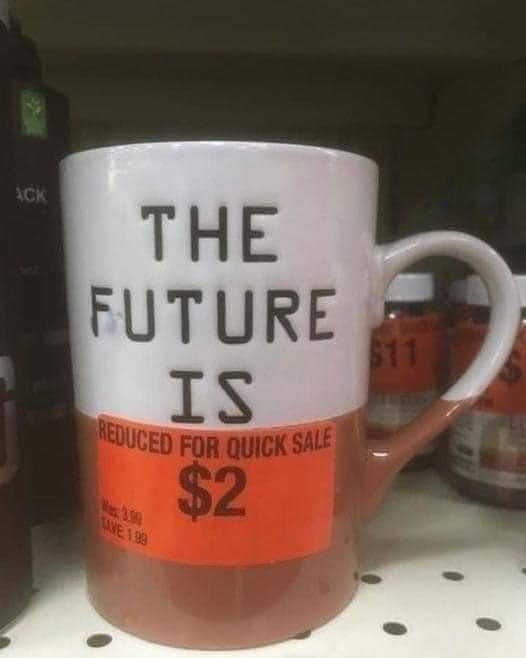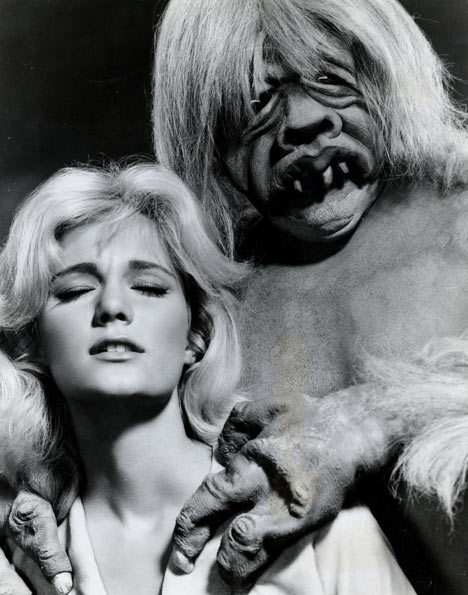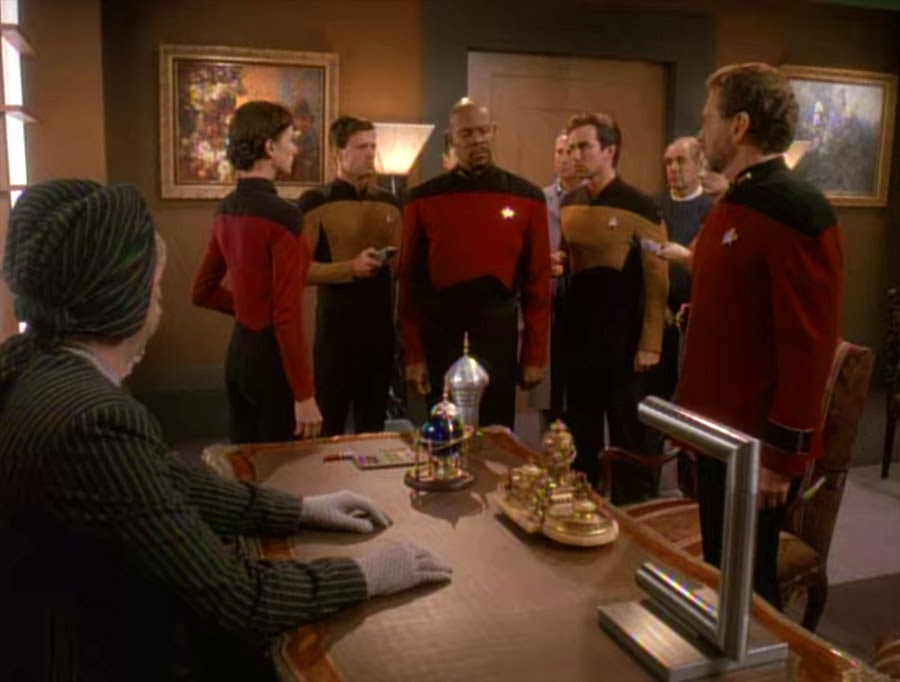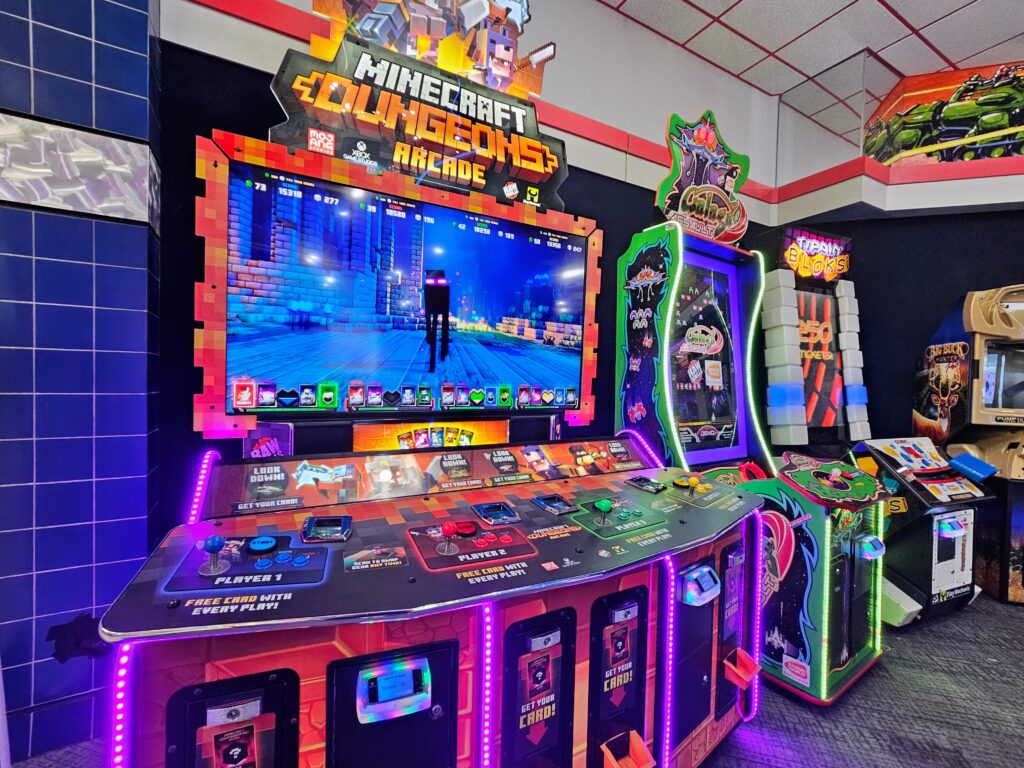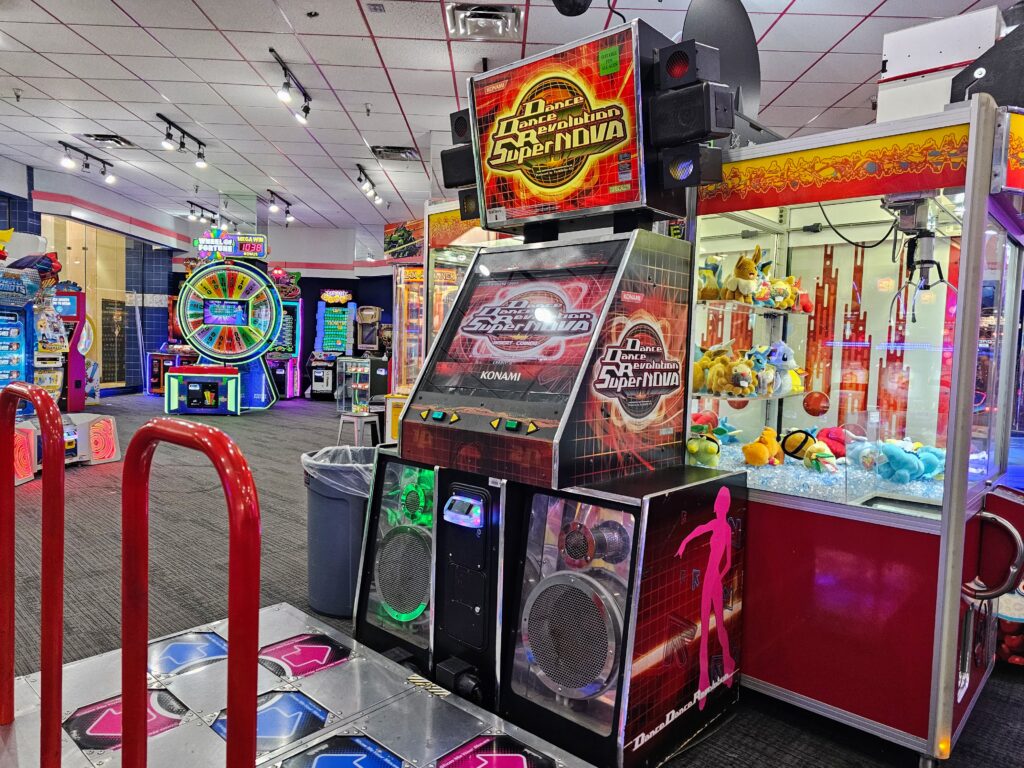My friends and I from Exposition Street were discussing the tonal shift between The Neverending Story and its sequel, released some six years later with a completely different cast and crew. While I am typically very much a champion of most films, much to the amusement of my fellow podcasters, I know that this particular switch up was one that I responded to very poorly.
The movie was released in the US in summer of 1984. I was eight years old, and it was one of the singularly most influential events of my childhood. I was absolutely absorbed by the world presented in the film and the concept that it connected to me in my seat at the theater just as potently as it connected young Bastian to the realm he was reading about.
I read the book a few years later. It was originally published by German author Michael Ende in 1979, and I never saw a copy until a middle school librarian pointed it out to me. The hardback was cleverly printed in different colors to differentiate the reader’s narrative from Bastian’s narrative and the narrative of the novel he was experiencing in the story. It was trippy, to say the least.
I remember being drawn in but unable to wrap my ahead around key differences between book and movie. I was already old enough to understand that, in the way of these things, conventional wisdom provided that “the book was better.” I mean, that’s the way it’s supposed to work, right? But there were definitely things they did in the movie that worked better for the story, including changes like the English translation “Fantastica” to “Fantasia”, for example, or the original visualization of the Ivory Tower as a sort of swirly ice cream looking structure.
There were also a lot of things that they left out when they made the film. That happens. And most notably, the movie ended about half way through the book. So when they announced a sequel in 1990 called “The Next Chapter”, I definitely had expectations.
It wasn’t what I wanted. The new vision combined with a thinner budget and weird conglomeration of elements from the book and the first movie made me dizzy, and I didn’t want a new Bastian and a new Atreyu and a different Mr. Bux and all that. But that’s not what I’m here to talk about. We have a whole movie podcast where we get into the weeds on that kinda stuff.
The central message of the The Neverending Story was that allowing banality and despair to take root in the world around us diminished the power of our collective hopes and dreams. Sure there’s a powerful allegory about childhood and growing up in that, and Bastian was struggling with grief and loss, but after absorbing that message as a child I became a writer, a game master, a musician and an entertainer. I became someone intent on using my power to bring joy and share the experience of life with my fellow persons. I became someone who saw the potential in everything, loved things created by people on their own merit.
I am a terrible critic. I try, but sometimes I am just so overtaken by the magic of creativity and human ingenuity in sharing a vision with others… I love books. And movies. And music. And art. And poetry. And dance. And. And. And. It makes me kinda the object of friendly ridicule by my friends and fellow podcasters, but I have a hard time trashing much of anything. I am constantly trying to convince them of the awesomeness of damn near everything.
Sure, there are exceptions… art is subjective, after all.
So who knows… maybe I should give The Next Chapter another chance.
